The Journey of a Filmmaker In Conversation with Girish Kasaravalli
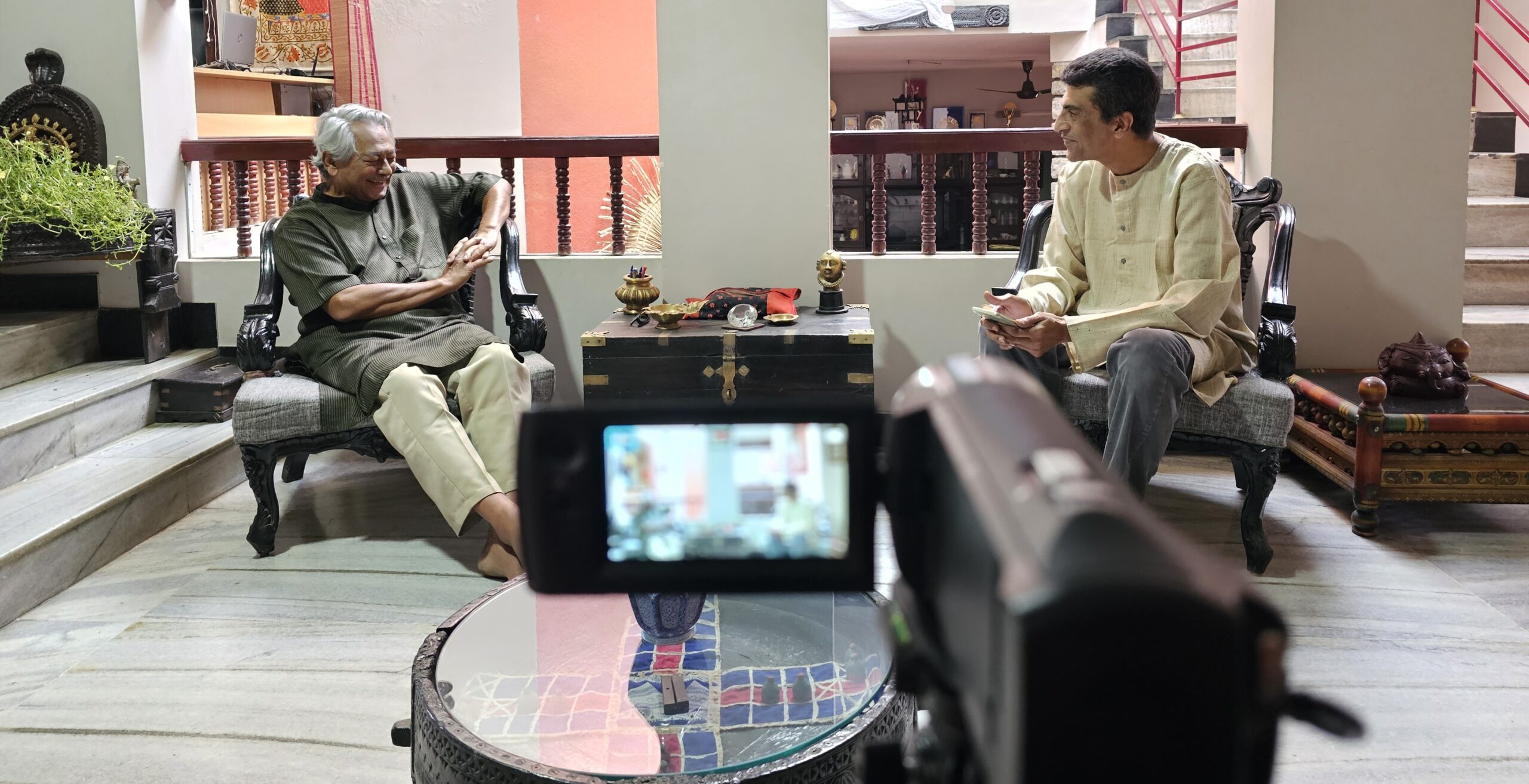
How do you choose a story for your films? Do you visualize the story to determine its suitability?
I look for four different things in a story when I decide to adapt for a film. I want to make dramatic or intense films. So, the emotional quotient of the story is very important for me. Cinema is a performing art. In cinema you use concrete images to create abstract meaning whereas in literature you use abstract words to create a concrete image. The moment I read a story I must get the idea that this can be translated into images – both visual and aural – that carry the meaning. Third is how relevant the story is for the present time. At a given point in time, the society is talking of certain topics and issues – whether for or against. Does the story reflect the aspirations of the time? Alternatively, I look for details that can be reappropriated or readapted to suit the aspirations of the time. Lastly, if the story just makes a statement about the contemporary world, then it would be like a journalistic report. So I look for stories that transcend time.
The issue with contemporary Kannada cinema is that a lot of sincere films are being made but it does not transcend time. Just as you would not be very interested in yesterday’s newspaper, these films would become irrelevant tomorrow.
The late Mani Kaul had once said films worked on the “principle of distraction” where the director does not let the viewer’s mind dwell on any scene for long . On the other hand the gentle pace of your films, the pauses, the silences give the audience time to think, understand the character and let the feelings sink in. This helps leave a lasting impression on the mind even after the film is over. How do you plan the pace of your films when you write your scripts and shoot the scenes?
[Laughs] Did Mani Kaul really make this statement? His films are much slower than even mine but perhaps he was talking about films in general. That is the philosophy of popular commercial cinema. These films do not let or want the audience to think or ponder about the situation. Because the moment you start pondering, they suddenly realize the narrative itself is faulty. Their tenet itself is not right. That is why they bombard with images, turns and twists and the audience is made to sit at the edge of the seat and see the film. But I don’t subscribe to that theory at all. For me, the slower the film it is much more engaging. Then you think about it and question it. You correlate it with your own assumptions, your own principles. That way the viewer also constructs the film and becomes a co-maker and not just a receiver. I want to make films that give me this kind of space where I can intervene and question the film and my own perception. It is a kind of meditative space where you can meditate on the issues being discussed. Luis Bunuel said the pace of the film is a political statement of the filmmaker. Why does he say that? Because the pace decides how much time the filmmaker gives the viewer to intervene in the subject. When you look at the works of masters like (Robert) Bresson, (Ingmar) Bergman or (Satyajit) Ray there is enough time for you as a viewer to get involved in the story.
When you started your career, there were huge cameras, large lenses, massive lights. Filmmaking was a physical exercise as much. Today we have a phone to make films and OTT is an instant platform for everyone to watch something. How has the language of films changed? How does it impact filmmaking overall because everyone can be a filmmaker?
I welcome that because anyone can make a film and it democratises it. Earlier one had to work for ten or fifteen years to become a director. Today if you have the knowledge why prevent someone from making a film? On the other hand it is easy to make a film but what we are trying to say through these images is more important. There are any number of filmmakers who know how to narrate a story. It is the vision of the filmmaker which is more important. What is he trying to say using these images? If it sharpens our intellect or sharpens our perception then I would say it is an important film. So anyone can use a camera but filmmaking is more than that. Only the economics have changed but not the philosophy of filmmaking.
Children play key roles in many of your films. Examples that come to mind are Nani in Ghatashraddha, Munni and Shabbu in Hasina, Babu in Tabarana Kathe and Kalu/Ravi in Aakramana. How do you direct children to get these wonderful natural performances?
Basically children are good actors. Until the age of about 12 or 15 they are really good. I have noticed that if someone is past 30, it is easy to get good performances. The actors in between are the ones who are very conscious of themselves on screen. When I direct a child, I don’t treat them as just actors. I keep playing with them, throwing a ball or teasing them, so they become very friendly. There is no distinction that I am a director and they are an artist. During Gruhabhanga, one of the children came and sat on my lap. An assistant director immediately jumped up and said you cannot sit on Sir. I said it’s okay, because the child is not hurting me. This helps to build a good relationship or bonding. I don’t explain the philosophy or intentions of the character and all that. I explain what is happening here and ask them to relate to their own experience and they come up with a good performance. I still don’t know how they act so beautifully in my films. The three children in Illiralare Allige Hogalare have turned in outstanding performances. There is one child, just about 8 years old – but what a performance she has given! I wonder who taught them the gestures, postures and all that. I wonder how they do it.
In the film Mane, Naseeruddin Shah imagines that the cart loaded with drums is chasing him. This is reminiscent of Alfred Hitchcock’s films where the hero is in danger. What was the thought behind this unusual scene?
Mane (House in English) was one film where I depict things through colours. Yellow is one colour where Rajanna played by Naseeruddin Shah starts hallucinating. More than Hitchcock I would say it is Kafkaesque. So as the film progresses yellow becomes more prominent in the film, the entire house is painted in yellow and the last scene where the slum is demolished by a yellow bulldozer manufactured by his company. So the cart with drums scene was kind of an introduction to the yellow colour motif (laughs). Once a filmmaker starts explaining his idiom then one tends to suspect the intentions. When I was in FTII there was one series of books which always fascinated me was “Filmmakers on Filmmaking” where each filmmaker is explaining his own films and it was a great learning for me. When I was asked to do a film on Adoor Gopalakrishnan that is what I tried. I tried to understand his idiom. We don’t have that kind of book in India. Even a great filmmaker like Satyajit Ray we only talk about his content and his politics. But how does he achieve that kind of impact? If you need to understand that you need to understand the smaller images. And you do that by understanding how the elements of the film are orchestrated.
So it must have been difficult to work with actors who feel they are shaping the film rather than the director?
Yes it can be very difficult. Of course there are different ways of handling it. You can applaud and say the shot was great but can we have one more take? [laughs]
Do you visualise the entire film before it is made? Do you use any Storyboarding technique?
I don’t use storyboarding because I am not good at sketching but I write down everything including the technical details. Fortunately I always work with the same technicians, so they don’t get offended by that approach. Naseeruddin Shah said when you have written down everything, where is the need for me to interpret? When I said please don’t interpret but just follow it, he was not happy.
Today of course you can see it on the monitor as you shoot the film. I would normally stand next to the cinematographer while shooting. Once the shot was completed, I would discuss the shot with my cinematographer and no one else would know what we were talking about. The artists had to just stand around till I said okay. Naseeruddin did not like this, so I had to explain that I could not tell if the shot was good until I made sure that what was intended had been captured.
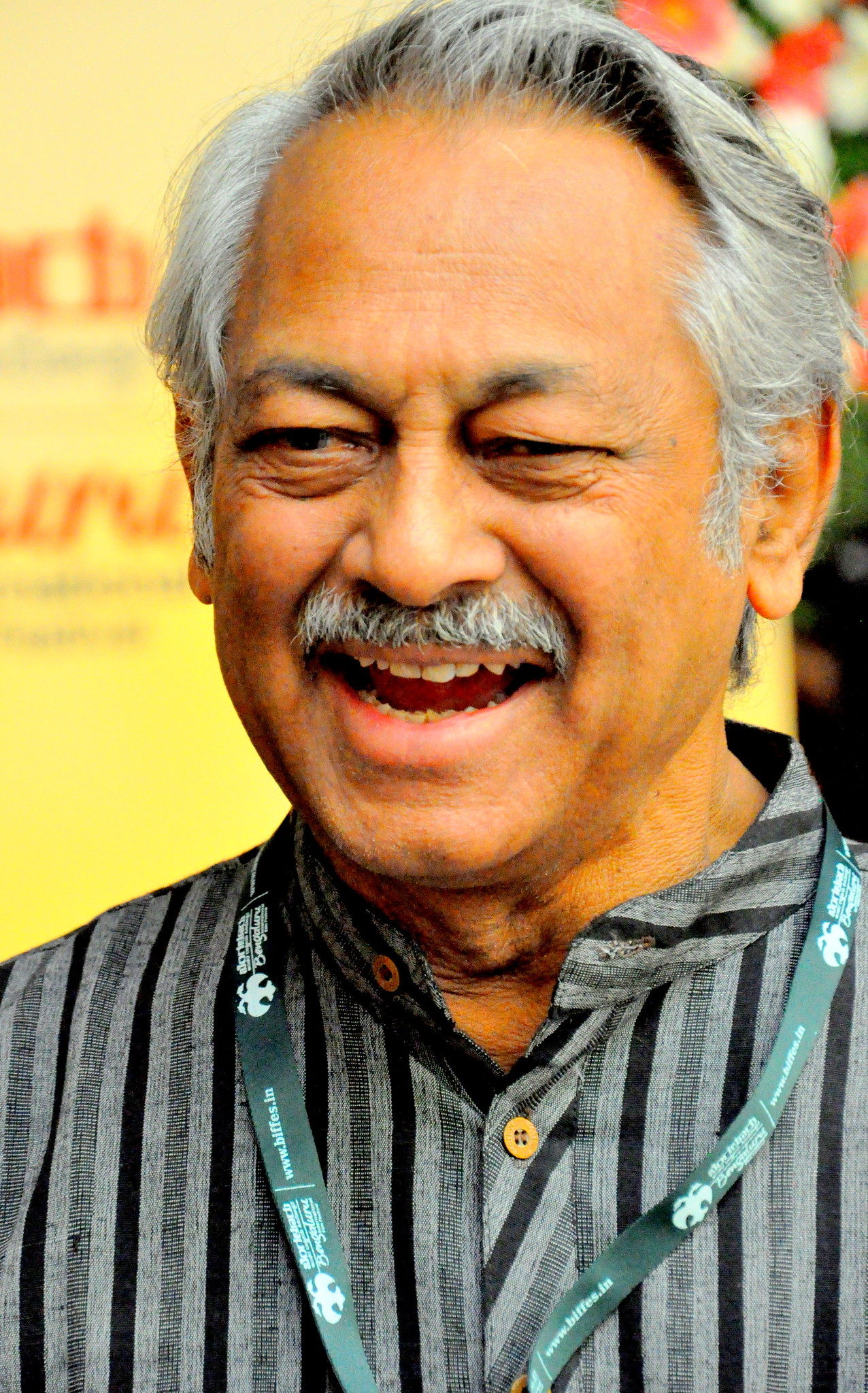
“Naseeruddin Shah said when you have written down everything, where is the need for me to interpret? When I said please don’t interpret but just follow it, he was not happy.”
Girish Kasaravalli, Image © P L Tandon
John W Hood, who wrote a book Mysteries of the Mundane on your films, talks about a lost film that you directed. Which film is this?
I am not sure which film he was talking about. There was one film called Mooru Daarigalu (Three Paths). It was one of the last black and white films made in Kannada. We had to take the film to the lab for processing and we would see the rushes only after a week or so. When we saw it we were shocked because a lot of scenes had intermittent fogging. Someone had switched on the lights or lit a match and after every 8 feet there were about 10 frames fogged. (fogging can occur due to exposure to light or other environmental factors, resulting in a loss of contrast, increased image noise, and reduced image quality). Some of my artists had left for America and the producer said he could not afford to bring them back, so I had to change the film. We completed the film but it did not come up to my expectations. Later the lab closed down and they asked us to take the negatives. We did not know what to do with that and left it with someone. Finally I sent 8 of 15 reels to National Film Archive of India (NFAI). He may have been referring to that film.
What about the original prints of your films? Do you own the negatives?
No, it is rarely in our (director’s) names. All the negatives of my films were with Prasad Labs and now they have closed down. They wrote to the producers to collect the negatives after paying some handling charges. Most of my producers are not from the film industry so they did not do it. Negatives of all my first nine films until Dweepa are gone.
Ghatashraddha was produced by Sadanada Suvarna who was by profession a paint dealer with a small shop near JJ Hospital in (then) Bombay. The film was processed at Chamundeshwari Studios which also closed down in the 1980s. So, Sadananda Suvarna, the producer, took the negatives and kept them in the same paint shop! When someone pointed this out to him he moved it to Rajkamal Studios because Kiran Shantaram, the owner, was his friend. One of my friends saw that it was left near a toilet and informed me. When we went there, the eighth reel was missing. PK Nair who was the director of National Film Archive of India (NFAI) came to know about it and moved the remaining negatives and duped the missing reel from a good copy of the film and restored it.
In other cases of my later films, soon after the film was made, the negatives along with the prints were sold to a third party who in turn sold it to someone else. By the time we think about saving it, you would not even know who actually owned it.
Do you watch today’s movies? Anything you liked in the recent years?
Quite a few Indian filmmakers, particularly youngsters, are making interesting films. I don’t accept that the new film movement is gone. People who make those kinds of statements are not watching films made by these youngsters. That they may not have made something like Pather Panchali is a different issue as Ray himself could not repeat that. Unfortunately they make one very interesting film and then either disappear or go to mainstream cinema. For example, the film Coat was very good. Thithi in Kannada was very interesting but the director seems to have disappeared after that.
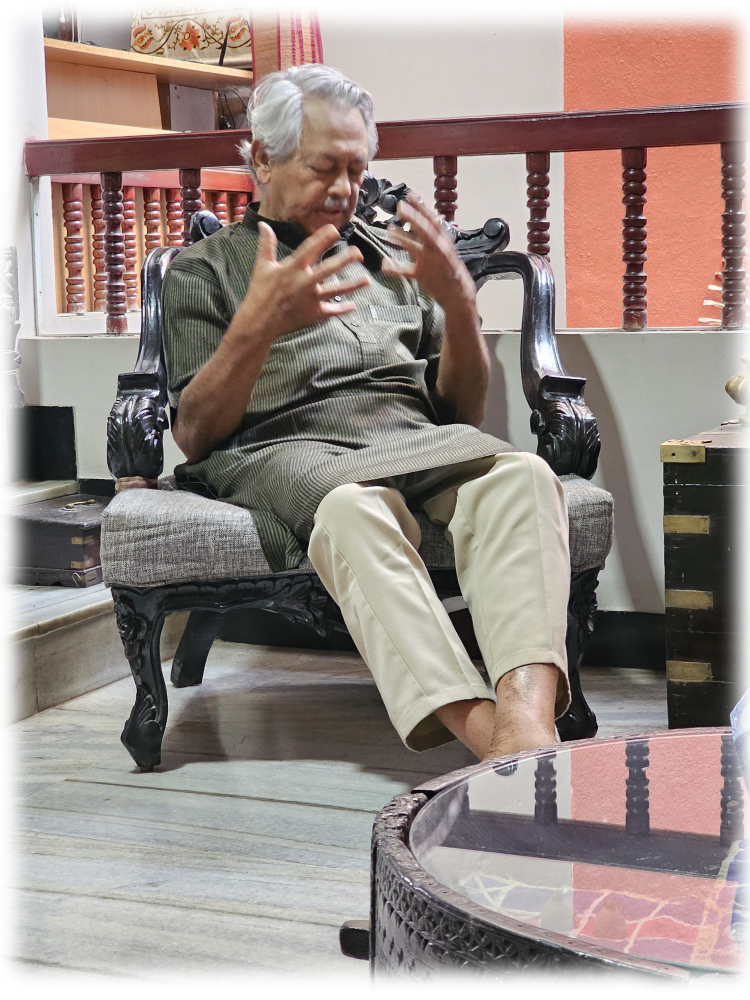
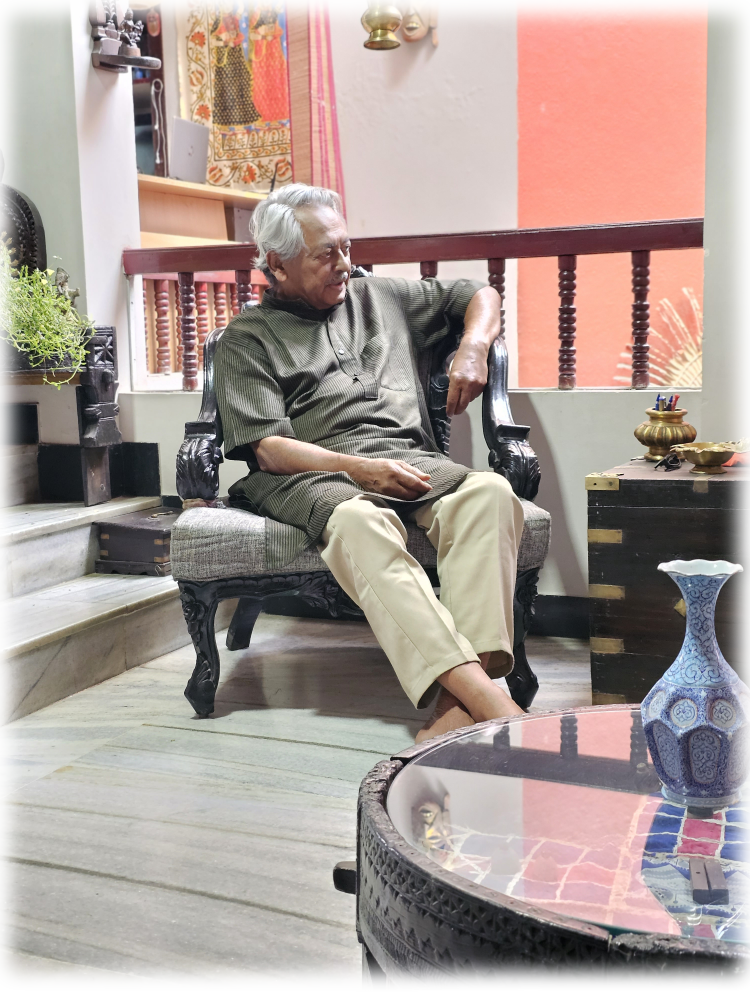
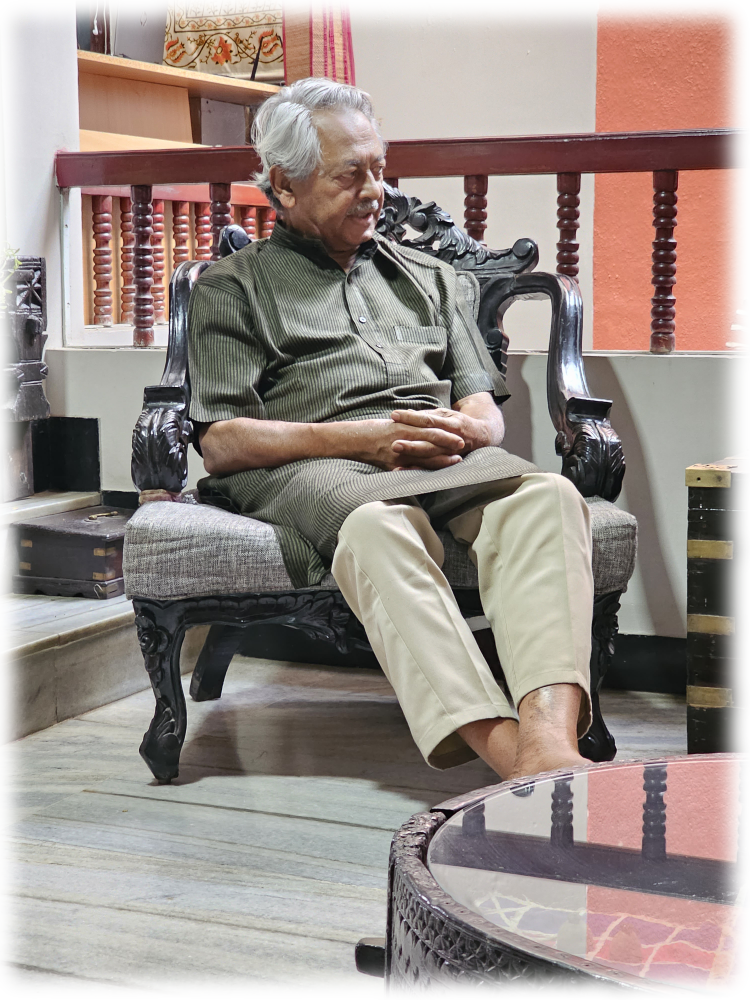
1 2


